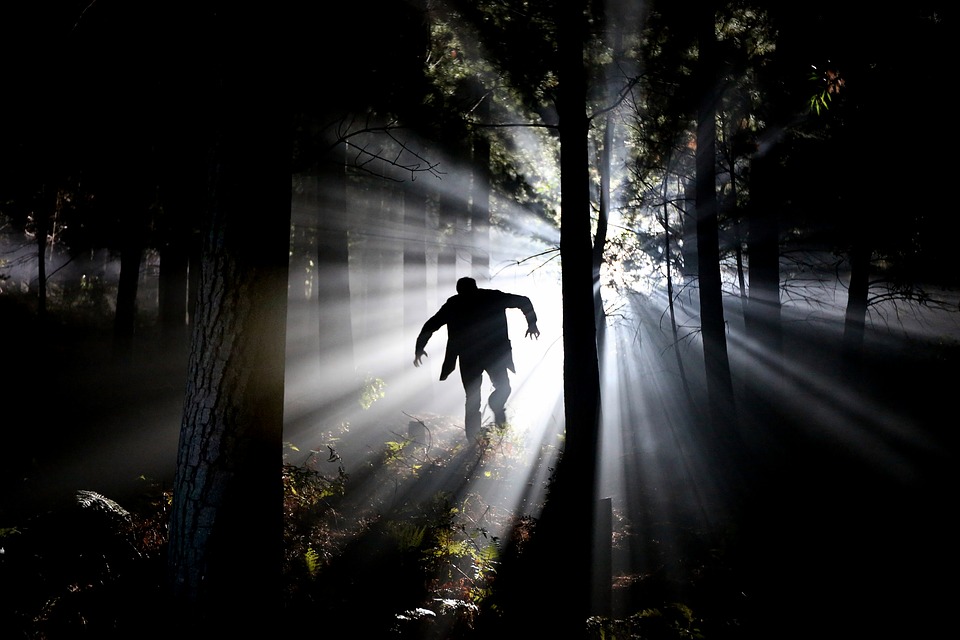People are fascinated by monstrous creatures, and popular culture and folklore are populated by bizarre beasts, from electrically reanimated corpses and giant, hairy humanoids to blood-guzzling vampires and amorous fish-men.
Are any of these monsters even remotely possible in the real world?
Not every monster is scientifically plausible, but many do have their foundations in the natural world’s real-life “monsters,” a group of experts reported here March 31 during the Future Con panel “Ack, Real Monsters.” They weighed in on what makes a monster and introduced the audience to some terrifying examples of animals that are just as strange and alarming as their fictional counterparts.
Ao, what qualifies as a “monster,” anyway? That was a question asked by panelist Tina Hesman Saey, a geneticist-turned-writer at Science News. Interpretations vary, but a study from the 1970s on the population density of aquatic monsters in Scotland’s Loch Ness was quite specific on the subject, with the authors insisting that, to be considered a “monster,” a creature would have to weigh at least 220 lbs. (100 kilograms), according to panelist Bethany Brookshire, a staff writer with Science News for Students.
By Mindy Weisberger – Full Story at Live Science



